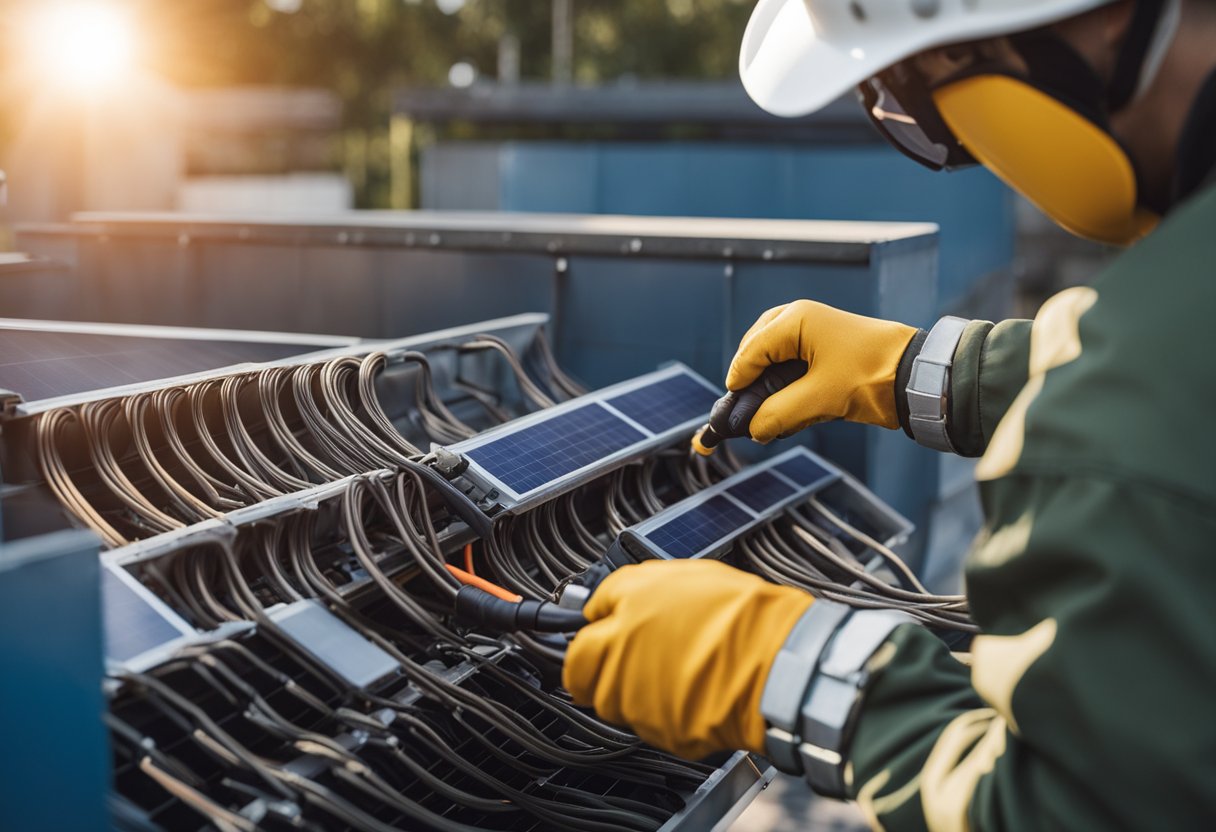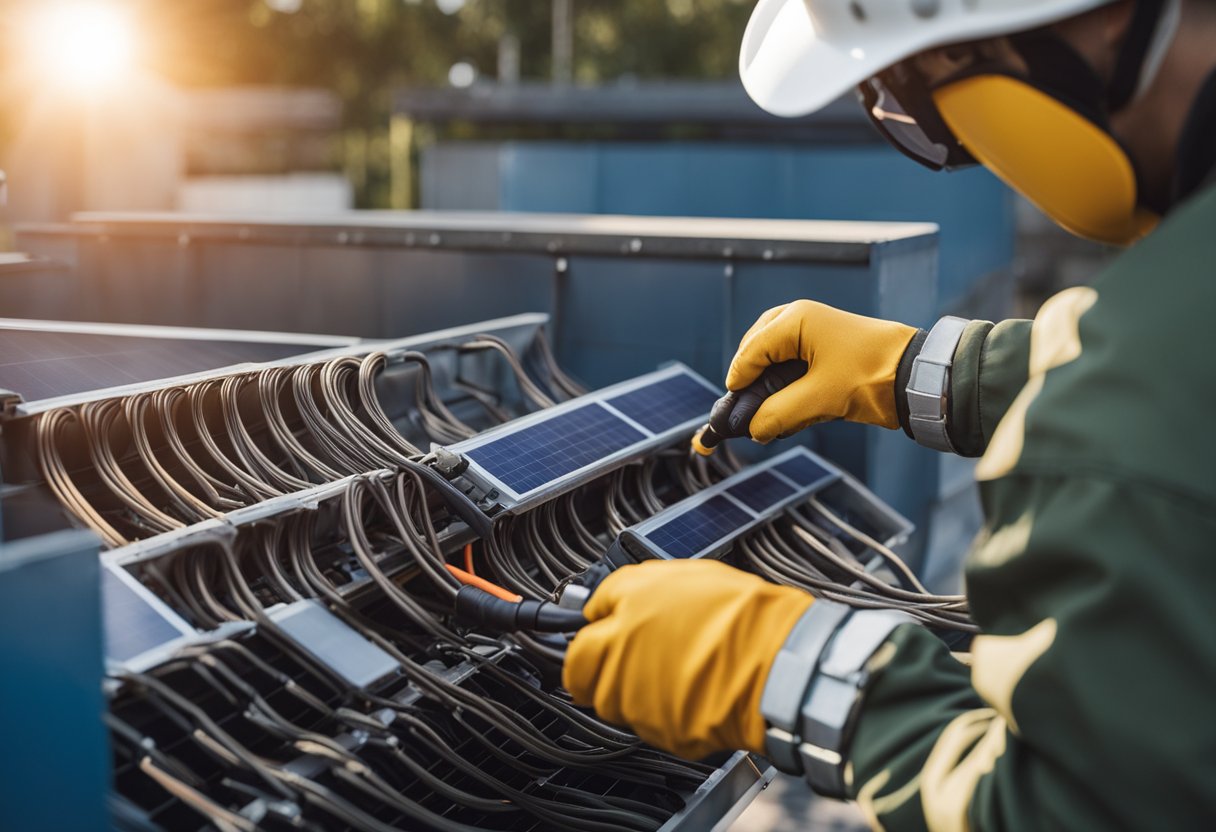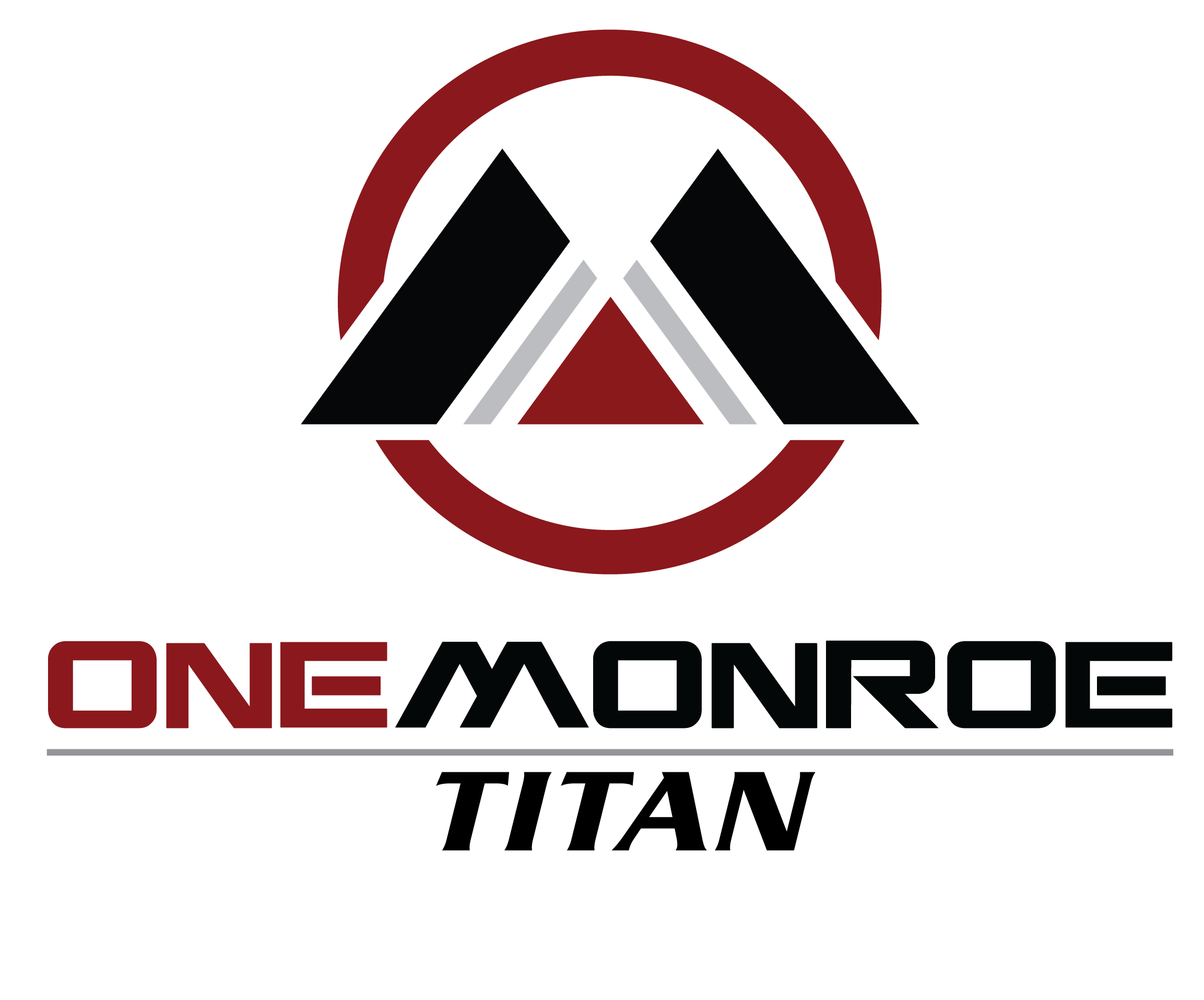
When setting up solar panel systems, it’s easy for us to overlook crucial factors in selecting the right solar cables. Choosing the correct cables is essential for maintaining efficiency and ensuring the longevity of our solar installation. One common mistake many encounter is ignoring the impact of voltage drop, which can drastically diminish the system’s performance. By paying attention to this and other factors, we can protect our investment and enjoy long-term solar success.

We often underestimate issues such as visible damage or UV exposure, which can compromise the integrity of solar cables. Regular inspections can help us detect cuts, abrasions, or deformations early on, preventing future problems. Loose connections and corrosion are other culprits that can affect the overall performance of our system. Addressing these common oversights is key to maintaining an efficient and safe solar setup.
Critical Factors in Solar Cable Selection
Selecting the right solar cables is essential for optimal performance and safety. Factors like wire gauge, voltage drop, and material selection play a crucial role in ensuring efficient transmission.
Understanding Wire Gauge and Amperage Requirements
When choosing solar cables, understanding wire gauge and amperage is critical. The American Wire Gauge (AWG) system determines the thickness of wire. Thicker wires carry more current, reducing resistance and potential heat buildup. Proper wire gauge is vital for preventing overheating, which can lead to failures. In solar installations, selecting a wire that matches the system’s current rating is essential. For DC applications, we need thicker cables, as they handle higher currents. Choosing the wrong wire size can result in inefficient energy transfer and potential hazards.
Voltage Drop and Power Loss Concerns
Voltage drop is a key consideration when planning cable runs in solar systems. Longer cable length increases resistance, leading to energy loss. Voltage drop can impact system performance, causing solar panels to generate less power. To minimize this, it is crucial to select proper dc cables and keep runs as short as possible. Calculating voltage drop involves factors such as amperage, wire size, and system voltage. Proper planning helps maintain efficiency and reduce power loss. For ac applications, voltage drop concerns are typically less than those for dc.
Choosing the Right Material: Copper vs. Aluminum Wires
Selecting between copper and aluminum wires involves weighing cost against efficiency. Copper wires offer superior conductivity and flexibility, making them ideal for critical solar installation points. Copper wire also has a higher current rating, which means it can be thinner than aluminum with the same performance. On the other hand, aluminum wires are lighter and more cost-effective. However, they require larger diameters to carry the same current as copper. Ultimately, the choice depends on the specific needs of the installation, such as budget constraints and spatial considerations.
Key Installation Mistakes and Safety Considerations
When setting up a solar power system, ensuring the safety and efficiency of cable installations is crucial. Key considerations include adherence to safety standards and codes, ensuring proper cable connections, and accounting for environmental factors to avoid costly errors and potential hazards.
Ignoring Safety Standards and Building Codes
Compliance with safety standards and building codes is vital in any solar installation. We must ensure all aspects of the installation align with local regulations to prevent fire hazards and structural issues. This includes using cables like RHW-2 or USE-2, known for their durability and safety features.
For optimal safety, circuit protection devices such as fuses and circuit breakers should be integrated correctly. By maintaining these standards, we avoid risking the integrity and safety of the entire solar setup.

Improper Cable Connections and Compatibility
Using the right cable connections and ensuring compatibility within the system prevents electrical issues. We must choose appropriate connectors like MC4 connectors, which are crucial for secure DC wiring. Properly secured connections prevent overheating and ensure the stability of the solar energy distribution.
When dealing with varying voltages like 12V, 24V, or 48V systems, matching cable and system specifications is vital to avoid inefficiencies and potential damage. Choosing between solid wire and stranded wires depends on specific installation needs, contributing to the setup’s overall reliability.
Neglecting Environmental and Durability Factors
Environmental factors greatly impact cable selection and overall durability of the system. We should opt for cables resistant to UV exposure, like THWN or THW, ensuring long-term stability.
Cables should also be chosen based on their ability to handle expected loads and temperature fluctuations. Monitoring environmental impacts plays a significant role in preventing wear and tear, reducing maintenance needs, and avoiding unforeseen disruptions in solar power generation.

